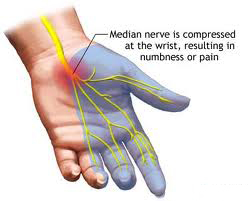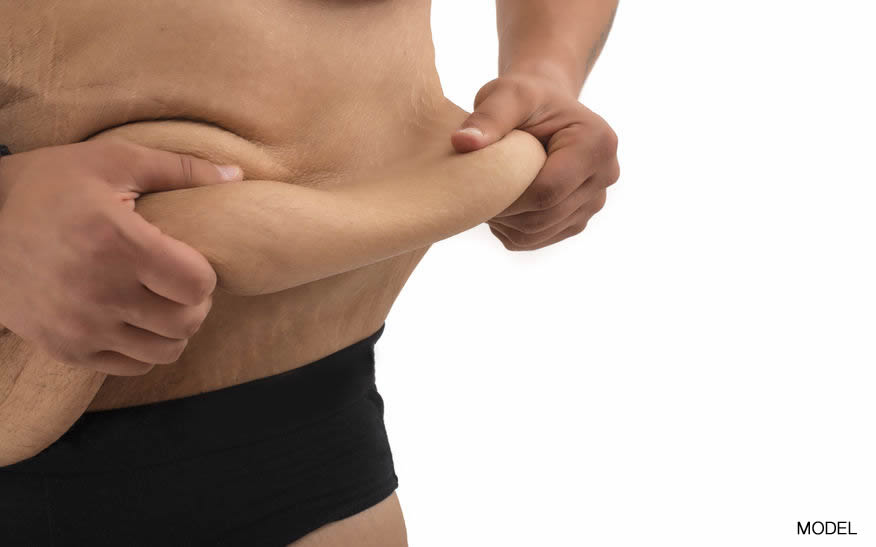Introduction
In today’s fast-paced world, many individuals spend long hours working on computers or engaging in repetitive hand movements. This lifestyle has led to an increase in conditions like carpal tunnel syndrome. In this comprehensive article, we will explore carpal tunnel syndrome in detail, including its causes, symptoms, and available treatment options. We will also introduce Dr. Faisal Ameer, Consultant Plastic Surgery, who is an expert in carpal tunnel surgery.
Table of Contents
- What is Carpal Tunnel Syndrome?
- Causes of Carpal Tunnel Syndrome
- Risk Factors Associated with Carpal Tunnel Syndrome
- Common Symptoms of Carpal Tunnel Syndrome
- Diagnosing Carpal Tunnel Syndrome
- Non-Surgical Treatment Options
- Surgical Treatment for Carpal Tunnel Syndrome
- Post-Surgery Recovery and Rehabilitation
- Preventing Carpal Tunnel Syndrome
- Frequently Asked Questions (FAQs)
- What are the primary causes of carpal tunnel syndrome?
- Can carpal tunnel syndrome affect both hands?
- Is carpal tunnel syndrome more common in certain professions?
- What are the non-surgical treatment options for carpal tunnel syndrome?
- How long does it take to recover from carpal tunnel surgery?
- Is carpal tunnel syndrome preventable?
- Conclusion
1. What is Carpal Tunnel Syndrome?
Carpal tunnel syndrome is a condition characterized by the compression of the median nerve as it passes through a narrow passageway in the wrist called the carpal tunnel. The median nerve controls sensation and movement in the thumb, index finger, middle finger, and half of the ring finger. When this nerve is compressed or irritated, it can lead to various symptoms.
2. Causes of Carpal Tunnel Syndrome
The exact cause of carpal tunnel syndrome is often unknown, but certain factors can contribute to its development. The primary cause is the narrowing of the carpal tunnel, which may occur due to:
- Repetitive hand movements
- Prolonged or excessive wrist flexion
- Rheumatoid arthritis
- Diabetes
- Hormonal changes during pregnancy
- Wrist fractures or injuries
3. Risk Factors Associated with Carpal Tunnel Syndrome
While anyone can develop carpal tunnel syndrome, certain individuals are more prone to the condition due to specific risk factors. These include:
- Gender (women are more likely to develop carpal tunnel syndrome)
- Age (most commonly affects individuals between 40 and 60 years)
- Obesity
- Family history of carpal tunnel syndrome
- Certain medical conditions (e.g., diabetes, thyroid dysfunction)
- Occupational factors (e.g., repetitive tasks, vibrating tools)
4. Common Symptoms of Carpal Tunnel Syndrome
Carpal tunnel syndrome can cause a range of symptoms that may vary in severity. The most common symptoms include:
- Numbness or tingling in the thumb, index, middle, and ring fingers
- Hand weakness or clumsiness
- Pain or discomfort in the wrist and hand
- Radiating pain up the forearm or arm
- Difficulty gripping objects or performing fine motor tasks
5. Diagnosing Carpal Tunnel Syndrome
To diagnose carpal tunnel syndrome, a healthcare professional will review the patient’s medical history, conduct a physical examination, and may recommend additional tests. These tests may include:
- Tinel’s sign test
- Phalen’s maneuver
- Electromyography (EMG) and nerve conduction studies
6. Non-Surgical Treatment Options
In many cases, non-surgical treatment options can effectively manage carpal tunnel syndrome symptoms. These treatment options include:
- Wrist splinting to immobilize the wrist and relieve pressure on the median nerve
- Non-steroidal anti-inflammatory drugs (NSAIDs) for pain and inflammation
- Occupational therapy to learn exercises and techniques for symptom relief
- Lifestyle modifications, such as ergonomic adjustments to minimize strain on the wrists
7. Surgical Treatment for Carpal Tunnel Syndrome
If non-surgical treatments fail to provide adequate relief, surgical intervention may be necessary. Carpal tunnel release surgery aims to alleviate the pressure on the median nerve by cutting the transverse carpal ligament. This procedure can be performed using traditional open surgery or endoscopic techniques.
8. Post-Surgery Recovery and Rehabilitation
After carpal tunnel surgery, proper post-operative care and rehabilitation are crucial for optimal recovery. The specific rehabilitation process may vary depending on the individual and the surgical approach used. Rehabilitation may include:
- Dressing and wound care
- Physical therapy exercises
- Gradual return to normal activities and work
- Follow-up appointments with the surgeon for monitoring progress
9. Preventing Carpal Tunnel Syndrome
While carpal tunnel syndrome may not be entirely preventable, certain measures can help reduce the risk or alleviate symptoms. Here are some preventive strategies:
- Maintain proper posture and ergonomics at workstations
- Take regular breaks to stretch and rest the hands and wrists
- Perform exercises to strengthen the hand and wrist muscles
- Use tools and equipment with ergonomic designs
- Maintain a healthy lifestyle, including regular exercise and a balanced diet
10. Frequently Asked Questions (FAQs)
1. What are the primary causes of carpal tunnel syndrome?
The primary causes of carpal tunnel syndrome include repetitive hand movements, prolonged wrist flexion, arthritis, diabetes, hormonal changes during pregnancy, and wrist injuries.
2. Can carpal tunnel syndrome affect both hands?
Yes, carpal tunnel syndrome can affect both hands simultaneously or develop in one hand initially and progress to the other over time.
3. Is carpal tunnel syndrome more common in certain professions?
Carpal tunnel syndrome is more common in professions that involve repetitive hand movements or prolonged wrist flexion, such as assembly line workers, computer programmers, and musicians.
4. What are the non-surgical treatment options for carpal tunnel syndrome?
Non-surgical treatment options for carpal tunnel syndrome include wrist splinting, NSAIDs for pain relief, occupational therapy, and lifestyle modifications.
5. How long does it take to recover from carpal tunnel surgery?
Recovery time after carpal tunnel surgery varies depending on individual factors and the surgical approach used. Generally, it may take several weeks to months to fully recover and regain strength and function in the hand and wrist.
6. Is carpal tunnel syndrome preventable?
While carpal tunnel syndrome may not be entirely preventable, adopting ergonomic practices, taking regular breaks, and performing hand and wrist exercises can help reduce the risk and alleviate symptoms.
Conclusion
Carpal tunnel syndrome is a common condition that can cause significant discomfort and impact daily activities. Early diagnosis and appropriate treatment are essential to manage the symptoms effectively. If non-surgical interventions prove insufficient, carpal tunnel surgery can provide long-lasting relief. For expert care and comprehensive treatment options, consult Dr. Faisal Ameer, Consultant Plastic Surgery, who specializes in carpal tunnel surgery.






